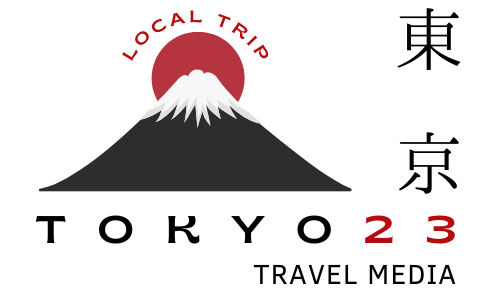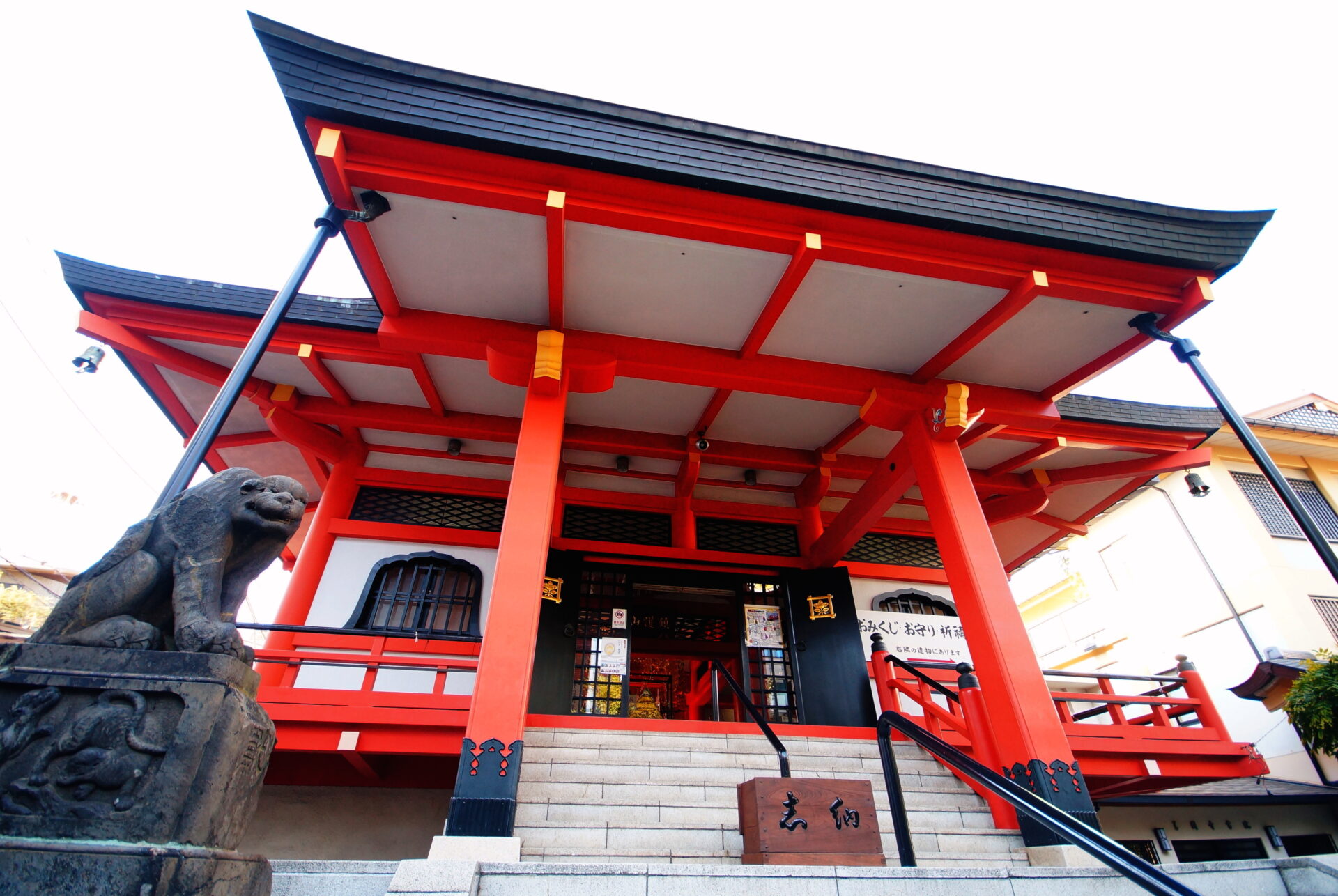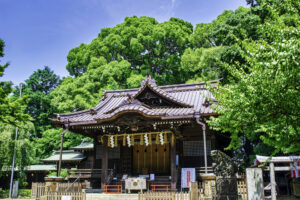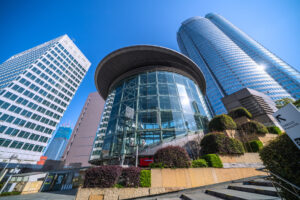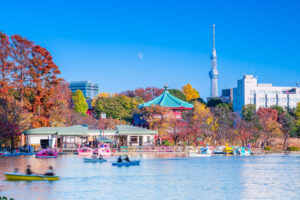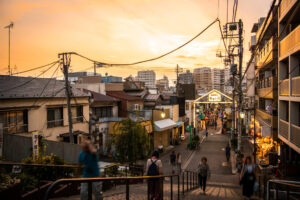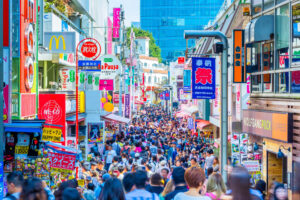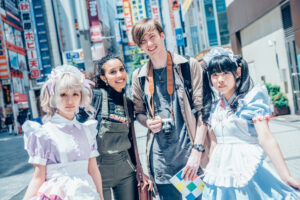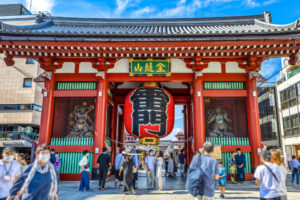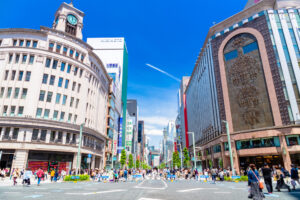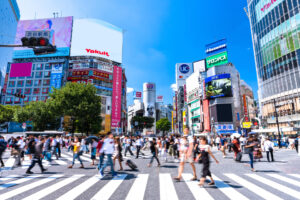Welcome to the fascinating Shinjuku Seven Gods of Fortune tour in Tokyo, Japan, a cultural pilgrimage that dives deep into Japan’s rich spiritual landscape. This tour is perfect for those who seek a blend of tradition, history, and local charm, providing unique insights into Japanese folklore and religious practices intertwined with the bustling modern life of Shinjuku.
Understanding the Seven Gods of Fortune
The Seven Gods of Fortune are a group of beloved deities in Japanese mythology, each symbolizing different types of luck and prosperity:
- Ebisu: The god of fishermen and good fortune, often depicted with a fishing rod and a sea bream.
- Daikokuten: The god of wealth and commerce, recognized by his mallet and bags of rice.
- Bishamonten: The god of warriors and defense, clad in armor and wielding a spear.
- Benzaiten: The goddess of knowledge, art, and beauty, usually carrying a musical instrument.
- Fukurokuju: The god of wisdom, wealth, and longevity, noted for his high forehead.
- Jurōjin: Similar to Fukurokuju but distinct in lore, he is the god of longevity and the elderly.
- Hotei: The god of abundance and health, carrying a large cloth bag.
Touring the Seven Gods
The Shinjuku Seven Gods of Fortune tour covers various temples and shrines, each dedicated to a different deity. This walking tour can be completed in a single day, allowing visitors to explore tranquil spots amidst the bustling cityscape.
The recommended route starts near Shinjuku Gyoenmae Station at “Hotei,” and takes you through seven key points, ending near Kagurazaka Station at “Bishamonten.” This route covers approximately 5.2 kilometers (about 3.2 miles) and takes roughly 3 hours and 30 minutes to complete.
The Charm of the Pilgrimage
Embarking on the Seven Gods of Fortune tour is not just a spiritual journey but also a cultural adventure. Participants typically engage in traditional practices such as making offerings, drawing omikuji (fortune slips), and collecting temple stamps. Each site offers unique insights into the local community and traditions, from shrine architecture to serene temple gardens.
Practical Tips for the Pilgrimage
To fully enjoy the pilgrimage, it’s advisable to wear comfortable shoes and dress appropriately for the weather. Starting early in the day is recommended to avoid crowds and experience the tranquility of the temples. The complete route generally takes about 3-4 hours, depending on the time spent at each location.
Visitor Testimonials
Many visitors describe completing the Shinjuku Seven Gods of Fortune tour as a highlight of their Japan trip, providing a peaceful escape from urban life and a deeper understanding of Japanese cultural values and religious beliefs.
Conclusion: Embrace the Cultural Journey
The Shinjuku Seven Gods of Fortune tour is more than just a sightseeing activity; it’s an in-depth exploration of Japan’s cultural and spiritual essence. It offers a memorable experience filled with folklore, beauty, and a touch of divine fortune, ideal for history enthusiasts, spiritual seekers, or anyone interested in Japanese traditions.For more information on each location and the deities enshrined, please visit the official Shinjuku cultural and tourism guide here.
